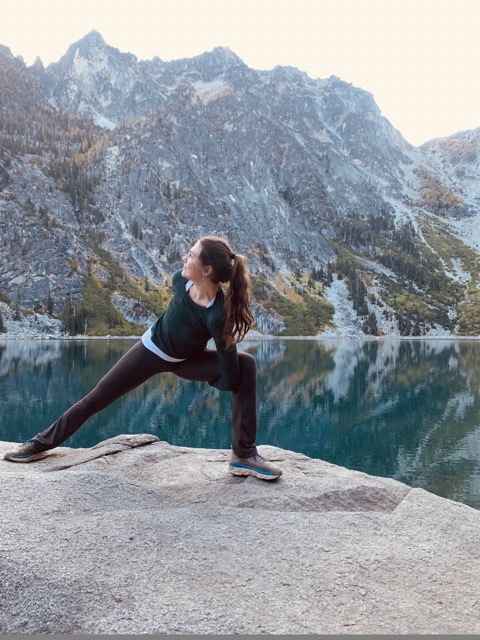g r a c e d o u g l a s
Currently I'm a Transportation Systems Ph.D. Candidate at the C2SMART Institute in the Civil & Urban Engineering Department at the New York University Tandon School of Engineering in Downtown Brooklyn, NY. My advisor is Dr. Linda Ng Boyle at C2SMART's HumanFUEL (Human Factors and Urban Ergonomics Lab), where we develop user-centered road safety solutions for a dynamic set of motorized and nonmotorized agents. Some current project work I am involved with:
JAYWALK: Unregulated Pedestrian Behavior in Mixed-traffic Driving Environments
Locale-specific feature learning is necessary training to ensure safe deployment around vulnerable road users. This project is jointly conducted at NYU (New York City, New York) and THI (Ingolstadt, Germany) to examine inter-cultural differences of pedestrian adherence to road regulation.
- How does vulnerable road user (VRU) behavior change between geographically separate locales?
- Are geographically separate locales identifiable by their VRU behavior?
SIM-2-SIM: Virtualized Mixed-traffic Driving Environments with Human-regulated RL agents
Amazing work done by Daphne Cornelisse and the EMERGE Lab are using reference driving data to inform self-play training solutions for human-compatible RL agents. Scaling learned policies into naturalistic settings can be unsafe for human agents, particularly in dynamic settings like mixed-traffic driving environments. Therefore, this project proposes an intermediate training step exposing trained agents to human drivers in a simulated multi-player environment, Strangeland.
- How do we map MARL training frameworks into high(er) fidelity simulation environments?
- Are there advantages to fine-tuning trained RL agents in context-rich environments?
☕️ Water cooler coffee?1,2
I'm best over a cup of joe :) Please reach out with any questions or to discuss my work! You can email me at grace.douglas@nyu.edu or connect with me on LinkedIn.



1Koch, T., & Denner, N. (2022). Informal communication in organizations: work time wasted at the water-cooler or crucial exchange among co-workers?. Corporate Communications: An International Journal, 27(3), 494-508.
2Woo, D., Endacott, C. G., & Myers, K. K. (2023). Navigating water cooler talks without the water cooler: Uncertainty and information seeking during remote socialization. Management Communication Quarterly, 37(2), 251-280.